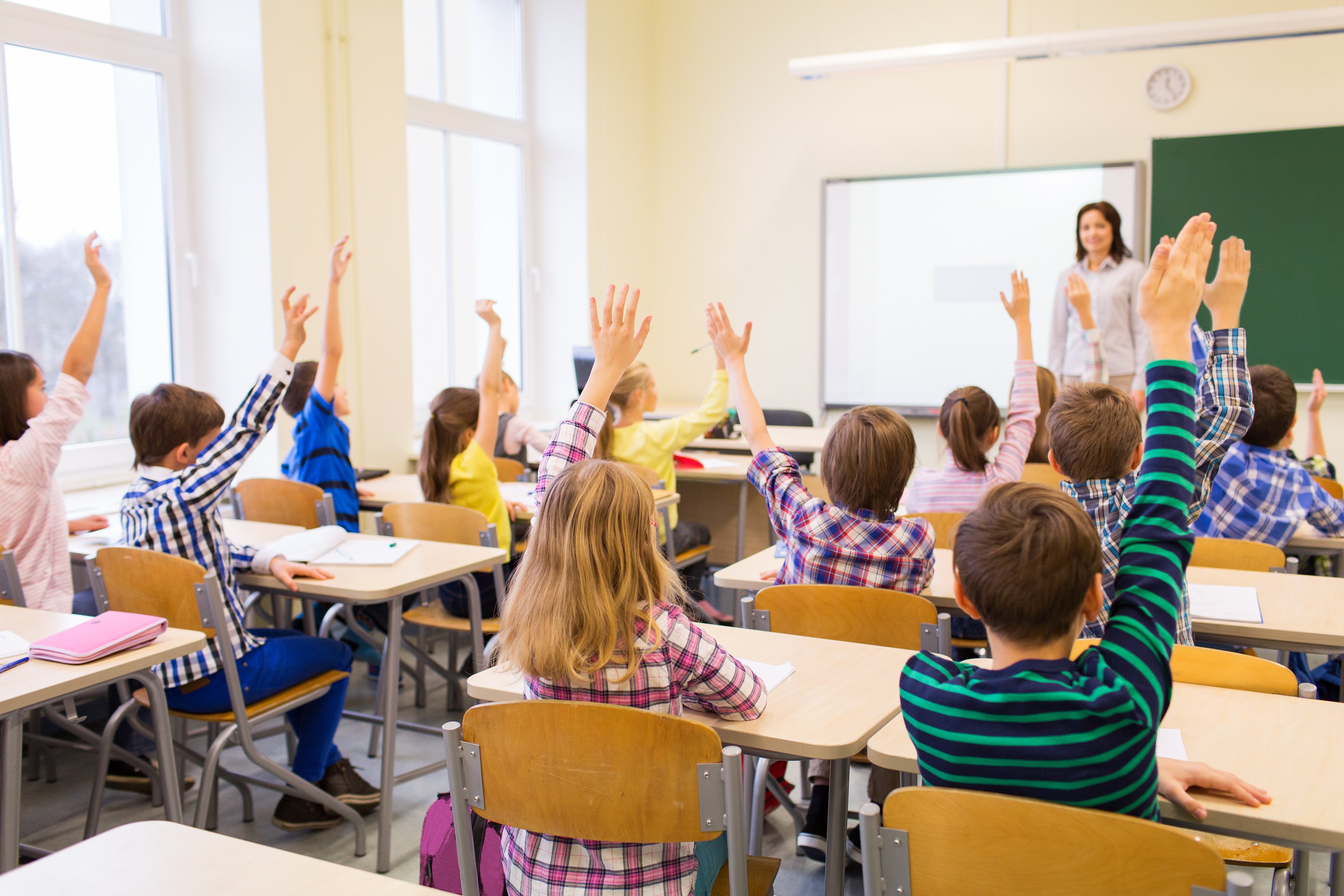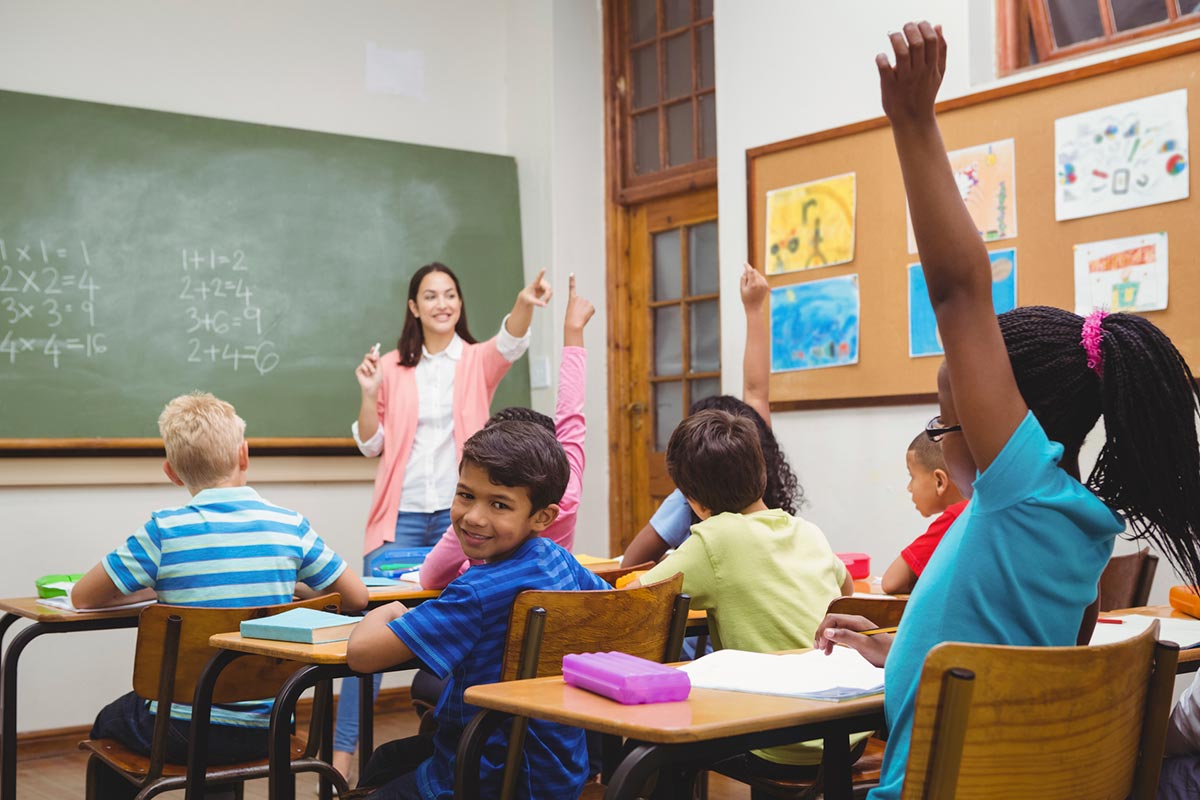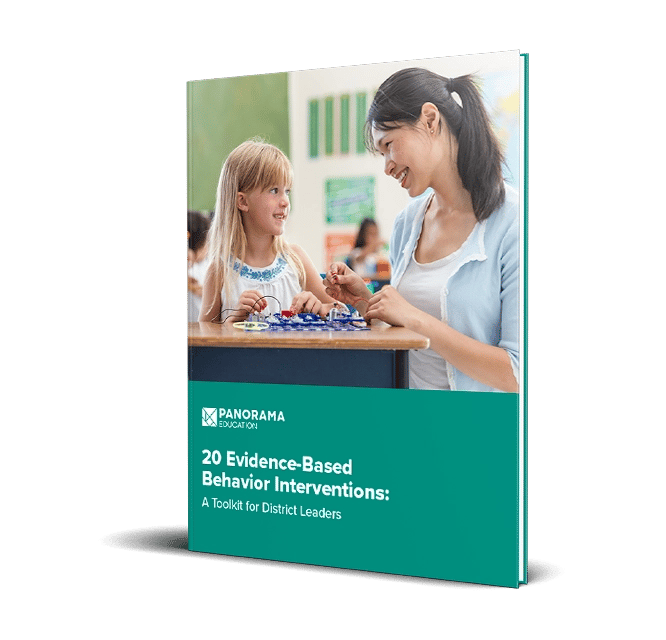Disruptive behavior in the classroom doesn’t just impact learning—it can shape a student’s long-term success. Whether it’s difficulty focusing, managing emotions, or navigating peer relationships, every student benefits from clear behavior strategies that promote self-regulation and engagement.
In this article, we’ll explore approaches that help students express themselves, resolve conflicts, and develop essential life skills.
How Are Behavior Strategies Different From Interventions?
Behavior strategies are proactive and designed to support all students by fostering self-regulation and positive interactions before challenges arise. In contrast, interventions are reactive, providing additional support for students who need help addressing specific behavior concerns.
|
Strategies |
Interventions |
|
In place for all students. |
Provided for specific students who need extra support. |
|
Prevent situations from arising. |
Address specific behavior concerns once they have occurred. |
|
Set expectations and reinforce positive behavior. |
Offer ongoing adjustments to students in need of additional support. |
|
Integrated into daily classroom routines. |
Often involve specialists or individualized plans. |
Why Schools Should Focus on Strategies First
Proactively supporting behavior helps create a positive and predictable learning environment for all students. In a multi-tiered system of supports (MTSS), these Tier 1 serve as the foundation, providing schoolwide behavior strategies that set clear expectations and foster consistency across classrooms.
These universal supports benefit every student, reducing the need for more intensive interventions. When some students require additional help, targeted support at Tier 2 or Tier 3 can build on this strong foundation—but without effective Tier 1 strategies in place, higher levels of support become less effective.
By focusing on a strong Tier 1 foundation of positive behavior strategies, schools can:
- Save Time and Resources: Proactively addressing behaviors minimizes disruptions, enabling teachers to focus on instruction rather than classroom management.
- Build Student Independence and Self-Regulation: Equipping students with self-regulation strategies helps them manage their actions without constant adult intervention.
- Decrease the Need for Intensive Interventions: Strong, schoolwide behavior strategies reduce the number of students requiring individualized interventions, ensuring resources are directed toward those with the greatest need.
Top 8 Behavior Strategies and How to Implement Them
Schoolwide expectations, positive reinforcement, and structured routines create a consistent learning environment where students can thrive. These proactive strategies help students develop a rhythm in school while enabling teachers to set clear behavior guidelines, model appropriate actions, and provide immediate feedback to reinforce positive choices.
When challenges arise, the right approach can help guide students back on track without escalating the situation. Consider these effective strategies:
1. Set Clear Expectations
State behavior rules in simple, direct language. Introduce them at the start of the year and update them regularly with experience and feedback. Use visual aids, signals, or reminders to reinforce them throughout the day.
2. Use Positive Reinforcement
Acknowledge students when they meet expectations. Offer small incentives, such as extra recess or positive notes to take home. Give behavior-specific praise, like “Great job waiting your turn,” to reinforce desired behaviors.
3. Model Expected Behavior
Teachers must demonstrate respectful and calm communication by speaking politely, listening attentively, and modeling problem-solving strategies. Teach self-regulation techniques, such as the "turtle technique," where students visualize retreating into their shells to calm down.
4. Establish Predictable Routines
Maintain a daily schedule so students know what to expect at any given time. Use clapping patterns, timers, or visual cues to signal transitions. Predictability reduces confusion and offers a clear path forward in case of any behavior issues.
5. Give Choices to Encourage Cooperation
Provide two positive options to help students feel in control. For example, ask whether they want to start with writing or reading. Offering choices gives students autonomy and helps ease any resistance.
6. Redirect Negative Behavior
Gently shift a student’s focus without criticism. Instead of saying, "Stop talking," reframe it as, "Let's focus on our work." This approach maintains a supportive classroom while reinforcing expectations.
7. Use Strategic Ignoring for Minor Disruptions
Ignore minor behaviors that do not disrupt learning, and instead, focus on reinforcing positive actions. Acknowledge and recognize students who are on task to encourage and strengthen desired behaviors.
8. Apply Fair and Consistent Consequences
Follow through with logical responses when a behavior episode occurs. Consequences should be clear, proportional, and consistently enforced.
Promote Positive Student Behavior With Panorama’s Free Toolkit
Building a strong foundation for student behavior starts with proactive, schoolwide strategies—but finding the right evidence-based approaches can be challenging.
That’s why we’ve developed this toolkit. Inside, you’ll find 20 evidence-based behavior strategies and interventions, including Tier 1 supports to set clear expectations, reinforce positive behaviors, and keep students engaged in learning. Each guide includes step-by-step instructions and fidelity checklists to help educators implement strategies with confidence.
Create a positive school climate and set every student up for success with Panorama’s 20 Evidence-Based Behavior Interventions Toolkit.




![What Is a Behavior Intervention Plan? [PDF Template]](https://www.panoramaed.com/hubfs/iStock-1994452964.jpg)


